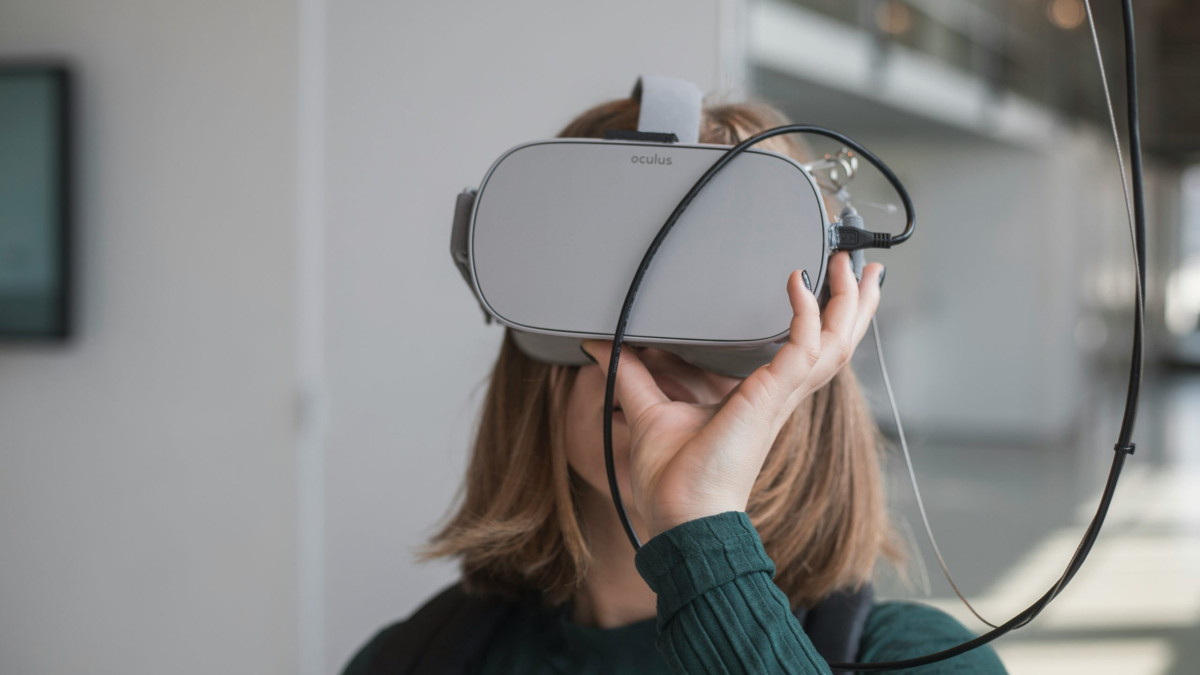Wearable technology, encompassing devices attached to the body for real-time data monitoring or communication, has emerged as a transformative force in various spheres of life. Despite debates over its longevity and potential distractions, the historical trajectory of wearables, dating back to spectacles’ invention 800 years ago, underscores their evolution from static to portable gadgets. Today, they are revolutionizing sectors such as healthcare, education, emergency services, fitness, entertainment, and travel, reshaping how information is acquired, utilized, and exchanged. The future of wearable technology appears promising, with several notable trends shaping its trajectory.
1. Prolonged Battery Life:
A prevalent challenge in modern wearables, such as smartwatches, is short battery life due to demanding functionalities like internet connectivity. Innovators are exploring alternative power sources, including energy harvesting from body motion or solar energy. Enhancing battery longevity could eliminate inconvenience and bolster wearables’ appeal.
2. Head-Mounted Displays (HMDs):
HMDs, akin to specialized glasses, offer immersive experiences leveraging augmented reality (AR) and virtual reality (VR) technologies. They are invaluable tools in training professions like aviation, medicine, and defense, enhancing realism and safety while facilitating interactive educational experiences.
3. Beacon Technology:
Utilizing Bluetooth low-energy (BLE), beacon technology enables real-time location tracking, bridging online and offline activities. Beacons enhance wearables by providing location-based data, aiding navigation in various settings and optimizing proximity marketing and fitness tracking functionalities.
4. Smartwatches:
Blending fashion with functionality, smartwatches offer diverse features such as activity tracking, communication alerts, and music control. Serving as smartphone companions, they cater to individual preferences with customizable designs and sizes, enhancing convenience and connectivity.
5. Textile Electronics:
Smart clothing integrates electronic components and sensors into fabric, offering additional functionalities like vital signs monitoring. Powered by batteries or body heat converters, these textiles monitor physiological parameters, combining fashion with health monitoring capabilities.
6. GPS Trackers:
Embedded in wearables, GPS trackers facilitate location monitoring and navigation, particularly beneficial during physical activities or emergencies. They provide real-time location data, enhancing safety and security for users and valuables alike.
7. Smart Patches:
Compact and flexible, smart patches adhere to the skin to monitor vital signs or administer medication. Equipped with sensors, they measure parameters like heart rate and temperature, offering continuous health monitoring and medication delivery capabilities.
In conclusion, the proliferation of wearable technology heralds a future characterized by enhanced connectivity, convenience, and health monitoring. As advancements continue and consumer demands evolve, wearables will play an increasingly integral role in daily life, fostering innovation and interconnectedness. Embracing these emerging trends paves the way for a technologically empowered society poised for continuous growth and improvement.

